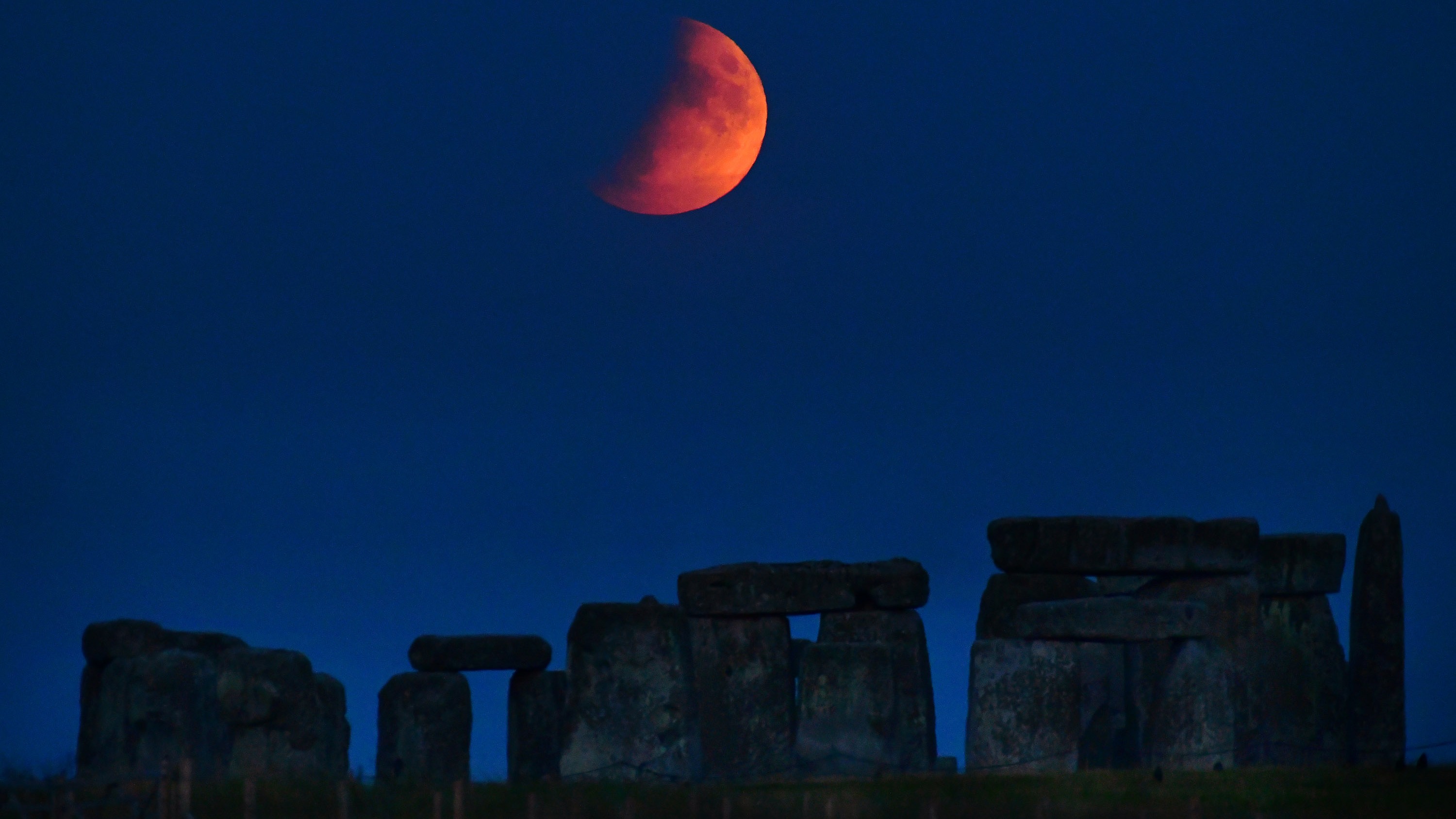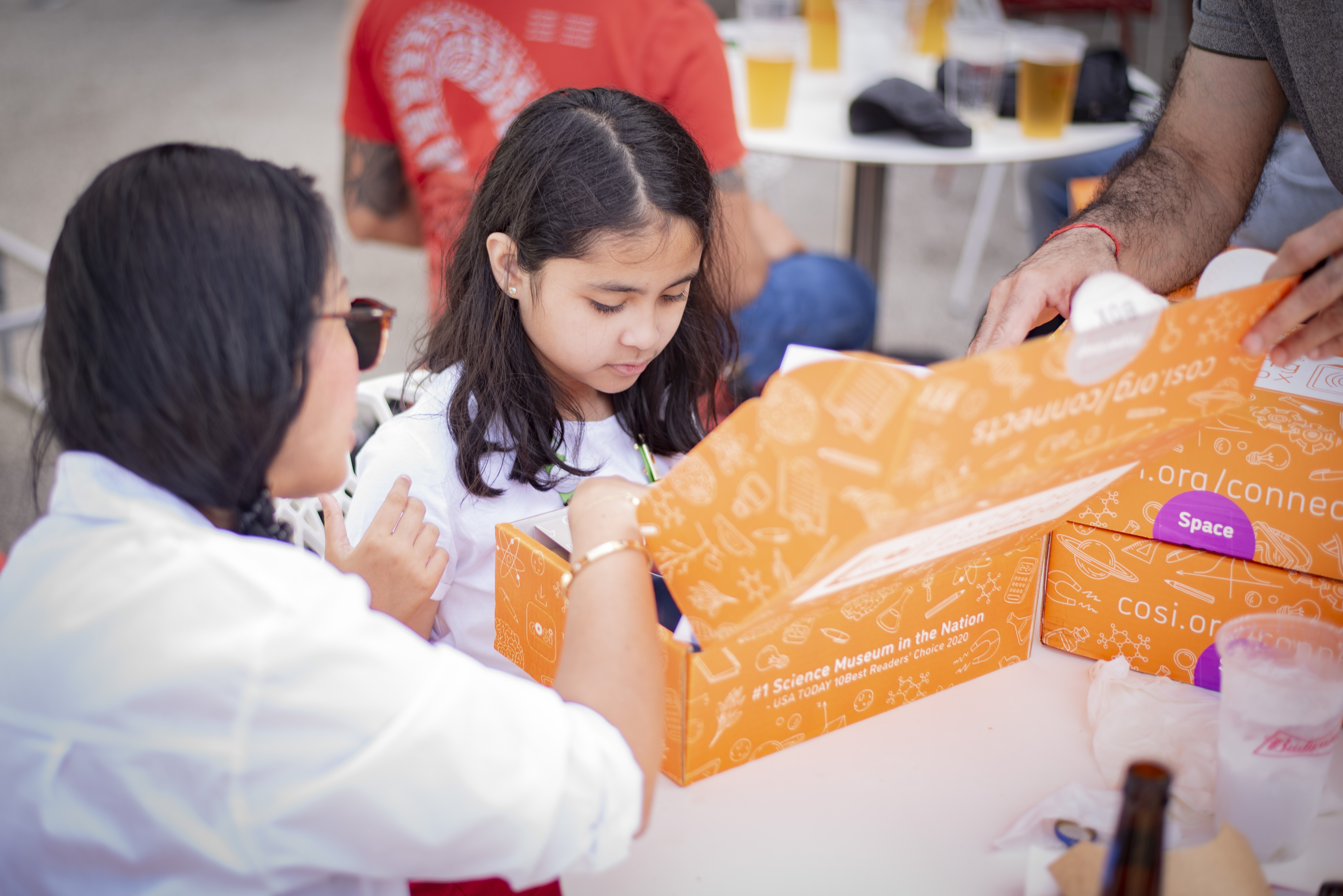Pi Day turns 35: The circle of mathematics needs more diversity, advocates say
Pi Day — March 14 in the United States — was first celebrated in 1988 and falls during Women's History Month.

Thirty-five years after Pi Day was born, the mathematics community is circling around to ask for more diversity in the field.
Every year, NASA and science entities around the world launch math-themed activities to encourage kids and adults alike to celebrate Pi Day — March 14 (3/14) in the U.S., as the irrational number pi begins with the digits 3.14.
There's no lack of math marketing this year, as NASA's Jet Propulsion Laboratory launched its annual Pi Day Challenge for students to experiment with math and space, highlighting name-brand missions like the life-hunting Perseverance rover on Mars and the soon-to-launch Psyche spacecraft targeting a metal asteroid.
But with representation in STEM (science, technology, engineering and mathematics) continuing to lag, recent initiatives are also trying to improve the outlook for future students by getting them interested in science early, and providing needed financial and logistical support to carry them along during their post-secondary education.
Related: Dear ET: Math on Voyager's Golden Record tells a story
Circles were important to numerous ancient cultures, as evidenced by the Buddhist Dharma wheel, Indigenous sharing circles, Asian mandalas and Stone Age astronomical monuments like Stonehenge. Pi, or the ratio of a circle's circumference to its diameter, has been known about for at least 4,000 years; circles themselves are key to space science in many aspects (a few of which include orbits, solar and lunar eclipse calculations or craters on the moon and Mars.)
The ancient Babylonians and Egyptians used pi, though the Greek mathematician Archimedes of Syracuse (287–212 BCE) and Chinese astronomer Zu Chongzhi (429-501 AD) were the first recorded individuals to calculate pi, according to the Exploratorium museum in San Francisco. (The Exploratorium also hosted the first Pi Day celebration in 1988.)
Get the Space.com Newsletter
Breaking space news, the latest updates on rocket launches, skywatching events and more!
Pi Day today is recognized both in U.S. and European dating systems, although overseas Pi Day falls on what July 22 (22/7 in the day/month system, as 22 divided by 7 approximates pi). Coincidentally, Albert Einstein's birthday falls on U.S. Pi Day. Princeton University, where Einstein famously held a non-faculty office for 22 years, holds an annual Einstein lookalike contest on Pi Day alongside circular celebrations. Pi Day also falls during Women's History Month, a U.S. celebration lasting through March, and shortly after the United Nations-backed International Women's Day on March 8.
Related: International Women's Day: Female astronauts keep making strides off Earth

Pi Day is celebrated as the International Day of Mathematics, but the event is not without controversy. As female mathematician Alissa S. Crans wrote in Scientific American in 2022: "There is so much more to math than one solitary number, regardless of however many digits you can recite from memory."
For example, NASA's so-called "Hidden Figures" were Black female mathematicians who calculated orbital trajectories in the 1960s that were key to early space and moon exploration. They have been honored publicly just in the last decade or so; last month, for example, NASA and the International Astronomical Union named a prominent moon landmark after Black mathematician Melba Mouton.
With non-male and diverse representation still lacking in scientific fields, grassroots efforts have sprung up around Pi Day to remind people to prioritize diversity in math and science fields. One example is #DressForSTEM, started in 2016 by female meteorologists.
Every year, this group wears purple to highlight the need to bring more types of people into science. That's because, in 2019, STEM representation by women stood at just 27% despite women making up 48% of the workforce, the U.S. Census Office reported in 2021. (Genders other than male and female are not discussed in the analysis.) Black and Hispanic workers remain underrepresented in STEM as well as other minorities, the Pew Research Center added in a post that same year.
Happy #PiDay! You know what that means… #DressForSTEM We’re wearing purple today to support women in the STEM field & encourage the next generation of girls to follow their science dreams. The sky is the limit! pic.twitter.com/Yrjr0N0FDaMarch 14, 2022
Increasing diversity in STEM will require more representation in education, particularly at the college and university level, Pew officials added. There are numerous initiatives underway to increase diversity, although they are quite recent and may take decades to bear fruit.
Ohio's Center of Science and Industry (COSI) launched a Learning Lunchbox program in 2020, initially aiming to bring food and science kits to the door of students affected by the early pandemic in Columbus, where half of residents are minority and 20% live in poverty, according to U.S. Census Bureau 2020-21 statistics. The program quickly grew to national and then international realms once it caught the attention of NASA and the Office of the Vice President (OVP).
Related: VP Kamala Harris calls to diversify US space workforce

Last September, OVP also backed a push by numerous space companies (led by Blue Origin, Boeing, Lockheed Martin and Northrop Grumman) to bring more diversity into the space workforce by hiring beyond the Ivy League and legacy top-tier engineering schools. Sources include Historically Black Colleges and Universities, Tribal Colleges and Universities, minority servicing institutions, community colleges and trade/vocational schools, White House officials said at the time.
In recognition of various barriers to diversity, NASA has adopted a diversity and inclusion approach along with numerous other space and science-themed organizations around the world. Those who are enthusiastic about math can easily understand the statistics showing underrepresentation.
NASA gets that, too, agency chief Bill Nelson said during his annual State of NASA address last week. "We also understand that diversity drives innovation, and we're committed to strengthening our agency by prioritizing diversity, equity, inclusion and accessibility," he said during the speech on Friday (March 10).
The agency is including this focus in its strategic plans, Nelson noted, especially as it plans out its Artemis 2 crewed moon-circling mission in 2024 and other missions of the Artemis program. Saying that NASA's workforce should reflect the population of the U.S., Nelson said the agency will "continue making history and enabling the Artemis generation to make this important work its own."
Elizabeth Howell is the co-author of "Why Am I Taller?" (ECW Press, 2022; with Canadian astronaut Dave Williams), a book about space medicine. Follow her on Twitter @howellspace. Follow us on Twitter @Spacedotcom or Facebook.
Join our Space Forums to keep talking space on the latest missions, night sky and more! And if you have a news tip, correction or comment, let us know at: community@space.com.

Elizabeth Howell (she/her), Ph.D., was a staff writer in the spaceflight channel between 2022 and 2024 specializing in Canadian space news. She was contributing writer for Space.com for 10 years from 2012 to 2024. Elizabeth's reporting includes multiple exclusives with the White House, leading world coverage about a lost-and-found space tomato on the International Space Station, witnessing five human spaceflight launches on two continents, flying parabolic, working inside a spacesuit, and participating in a simulated Mars mission. Her latest book, "Why Am I Taller?" (ECW Press, 2022) is co-written with astronaut Dave Williams.
-
Lara This is the most embarrassingly forced article I've ever witnessed. All that schooling and this is how it turned out. Devastating.Reply
Diversity will not change science at all. if you arbitrarily force it, which is what is suggested and it's what mudd and Caltech at least are doing, science will suffer.
If a kid can't do math at 20 they aren't going to recover just because you shove them into a top university.
Telling particle physicists to shove their latest fantasy up their XYZ will. Slapping politicians and celebrities and political actors masquerading as scientists will. -
Brandon Thank you Lara. I'm so sick of these religious "DEI" zealots making everything about anything it's not. Either stick to space or I'll find another place to get my content.Reply -
PHS Why does everything now have to involve diversity, race, gender/pronouns, etc.? Now Pi Day? Are you kidding. This type of rhetoric is actually dividing people and fueling racism. Thanks, Ms. Howell, you just ruined my Pi Day holiday.Reply -
murgatroyd "Under-representation", bla bla bla. Would be more believable if it included the NBA and asked for more white players to be paid "basketball money".Reply
Or if women demanded to be proportionately represented as workers in the sanitation department, doing the sh*ttiest (literally) jobs. -
Unclear Engineer OK, let's start with the fact that we do need more scientists and engineers working on constructive things for our society. And, I can addd, having worked with scientists and engineers of all sorts of ethnicities and pronouns, that the ability to do good work in STEM fields is not limited to any ethnicity or pronoun.Reply
That said, I can also see that there are ethnic and pronoun bias effects in the education and hiring of students. So, I do support the work to make it apparent to young peope of all types that they can learn STEM subjects and they can get jobs in those areas.
But, people are not all the same. Even within a group that are the same race, gender, religion, nationality, etc. etc. etc., there will be a variety of aptitudes and disinterests. Not everybody is naturally good at math or logic, just like not everybody is good at music or dance.
For a healthy society, we need those who are interested in and good at useful activities to all get their chances to pursue their loves and be productive and happy. That is what "equity" is really about - not forcing indentical results on all people.
So, I do support government efforts to demonstrate that STEM education and jobs are available to all sorts of people. But, we need to be careful that we make sure that we maintain the standards of performance that are essential to success in STEM activites, which are measurable. If we accept lesser performance from "minorities" just because they are minorities in particluar fields, the whole process will backfire in that it will re-enforce the biases of those who are biased, and make it harder for others of those minorities to gain education and job opportunities in the future.
From my own experience, I am convinced that there are individuals of every ethnicity and pronoun that you can name who can do STEM and do it well.









